Home>Garden Essentials>Garden Plants>How To Grow Thyme In Texas
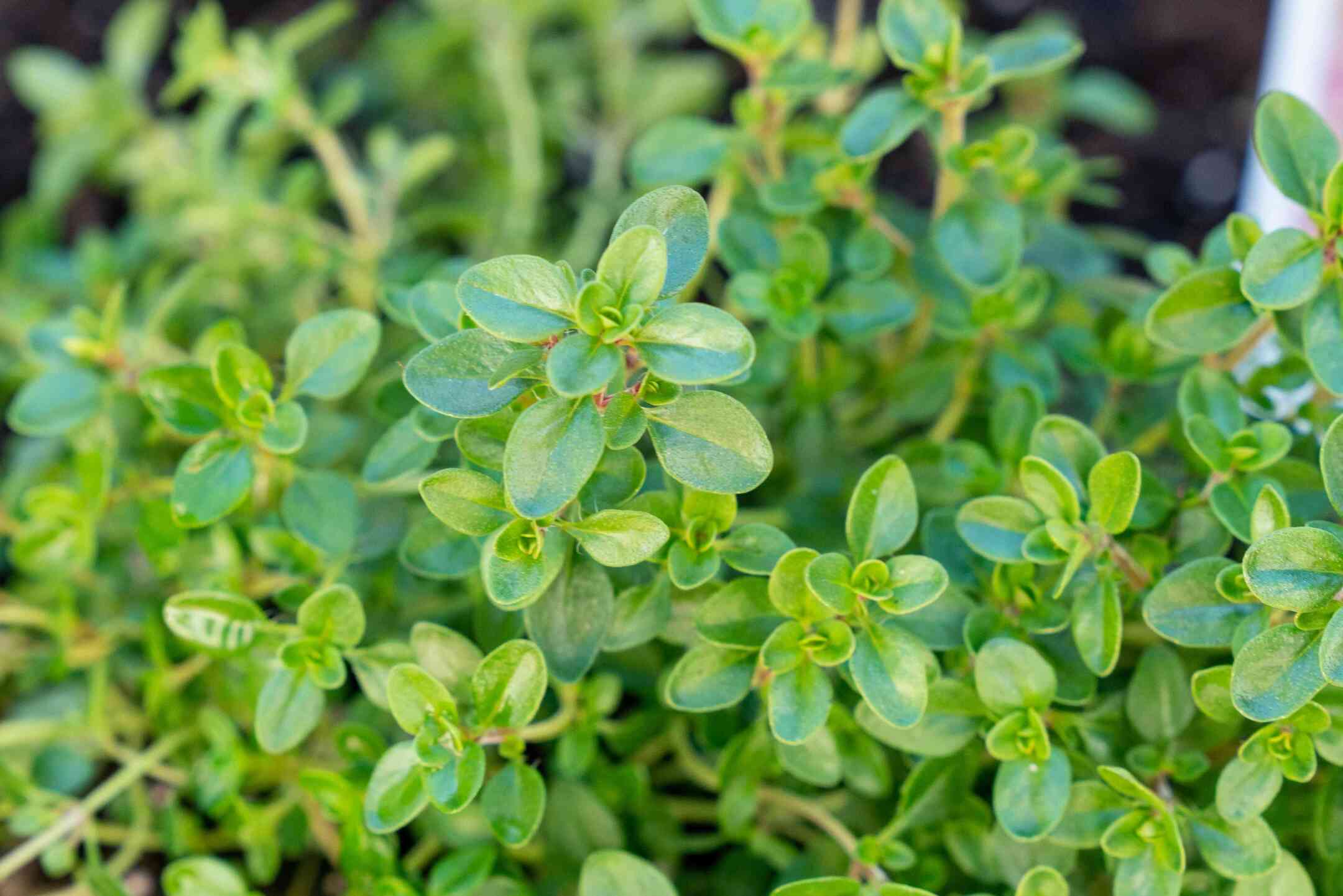

Garden Plants
How To Grow Thyme In Texas
Modified: October 20, 2024
Learn how to successfully grow thyme plants in Texas with our expert tips and advice. Discover the best techniques for cultivating healthy thyme plants in the hot and dry climate of Texas.
(Many of the links in this article redirect to a specific reviewed product. Your purchase of these products through affiliate links helps to generate commission for Storables.com, at no extra cost. Learn more)
Introduction
Welcome to the wonderful world of growing thyme in the vibrant and diverse state of Texas! Thyme is a versatile herb known for its aromatic leaves and culinary uses. Whether you are a seasoned gardener or a beginner looking to add a touch of flavor to your garden, thyme is a fantastic addition to any Texas landscape.
Thyme is incredibly resilient, making it well-suited for the challenging climate and soil conditions found in many parts of Texas. With a little bit of care and attention, you can enjoy a bountiful harvest of this fragrant herb all year round.
In this article, we will guide you through the process of successfully growing thyme in Texas. From selecting the right thyme varieties to harvesting the leaves, we’ll cover all the essential steps to help you cultivate a thriving thyme plant.
So, put on your gardening gloves and let’s dive into the world of thyme!
Key Takeaways:
- Embrace the diverse world of thyme in Texas by selecting the right variety, ideal location, and implementing proper care techniques for a bountiful harvest and flavorful culinary creations.
- Cultivate a thriving thyme garden in Texas with resilience, creativity, and a touch of flavor, while connecting with nature and sharing the joys of gardening with others.
Read more: What Grass Grows Best In Texas
Choosing the Right Thyme Varieties
When it comes to choosing thyme varieties for your Texas garden, it’s important to consider the specific climate and growing conditions in your region. Here are a few thyme varieties that are known to thrive in Texas:
- Texas Common Thyme: As the name suggests, this variety is well-suited for the Texas climate. Texas Common Thyme is a hardy, heat-tolerant variety that can withstand high temperatures and drought conditions.
- Lemon Thyme: If you’re looking to add a burst of citrusy flavor to your dishes, lemon thyme is a great choice. This variety has a refreshing lemon fragrance and pairs well with seafood, poultry, and vegetable dishes.
- Creeping Thyme: Creeping thyme is a low-growing variety that is perfect for groundcover or rock gardens. It forms a dense mat of foliage and produces delicate pink or purple flowers in the spring.
- English Thyme: English thyme is a classic culinary herb that is widely used in a variety of dishes. It has a milder flavor compared to some other thyme varieties and is a staple in many herb gardens.
Before making your final decision on thyme varieties, take into account your preferences and the specific purpose you have in mind for growing thyme. Whether you’re looking for a culinary herb, groundcover plant, or simply want to enjoy the fragrance of thyme in your garden, there’s a variety that fits your needs in the vast world of thyme.
Once you’ve chosen the right thyme variety, it’s time to move on to the next step: selecting the ideal location for your thyme plant.
Selecting the Ideal Location
When it comes to growing thyme in Texas, selecting the right location for your plants is crucial for their overall health and growth. Here are some factors to consider when choosing the ideal location:
- Sunlight: Thyme plants thrive in full sunlight, so it is important to choose a location that receives at least 6-8 hours of direct sunlight per day. Look for an area in your garden that is not shaded by trees or buildings.
- Drainage: Thyme prefers well-draining soil to avoid waterlogged roots, which can lead to rot and other diseases. Avoid areas with heavy clay soil or poor drainage, and consider adding organic matter or sand to improve drainage if necessary.
- Protection from strong winds: While thyme can tolerate some wind, excessive wind can damage the delicate foliage and hinder growth. If your garden is prone to strong winds, consider planting thyme near a windbreak such as a fence or building.
Additionally, it is beneficial to plant thyme in raised beds or containers if you have limited space or poor soil conditions. This allows for better control over the soil and provides good drainage for the plants.
Keep in mind that thyme is a low-growing plant, so it can also be an excellent choice for cascading down walls, borders, or containers, adding a visual appeal to your garden.
Now that you have chosen the ideal location for your thyme plants, the next step is preparing the soil and planting them.
Soil Preparation and Planting
Proper soil preparation is essential for the successful growth of thyme plants in Texas. Follow these steps to create an ideal growing environment:
- Test the soil: Before planting, it is advisable to test the soil pH and nutrient levels. Thyme prefers slightly alkaline soil with a pH range of 6.0 to 8.0.
- Amend the soil: If your soil is too acidic, you can raise the pH by adding lime or wood ash. If it is too alkaline, you can lower the pH by incorporating organic matter such as compost or well-rotted manure.
- Loosen the soil: Thyme plants have shallow roots, so it’s important to loosen the soil to a depth of 8-10 inches. This will promote proper root development and allows for better water penetration.
- Planting: Dig a hole that is slightly larger than the root ball of your thyme plant. Gently remove the plant from its container and place it in the hole, ensuring that the crown of the plant is at ground level. Fill the hole with soil, firming it gently around the plant.
- Spacing: Space thyme plants about 12-18 inches apart to allow for proper air circulation and growth.
Remember to water your newly planted thyme thoroughly after planting to help it settle into its new home.
While direct seeding is an option, it is often easier to start with transplants or young thyme plants from a nursery or garden center. They are more resilient and will establish themselves quicker in your garden.
Now that your thyme plants are in the ground, it’s time to talk about watering and drainage.
Watering and Drainage Tips
Watering plays a crucial role in the health and growth of thyme plants in Texas. Follow these tips to ensure proper hydration and drainage:
- Watering frequency: Thyme plants prefer well-drained soil, so it’s important to water them deeply but infrequently. Allow the top inch of the soil to dry out between waterings. Aim for watering about once every 7-10 days, depending on the weather and soil conditions.
- Avoid overwatering: Overwatering can lead to root rot and other fungal diseases. It’s better to underwater thyme plants than to overwater them. Monitor the soil moisture levels and adjust the watering schedule accordingly.
- Water at the base: Water the thyme plants at the base rather than overhead. This helps prevent fungal diseases and encourages the roots to grow deeper into the soil.
- Mulching: Apply a layer of organic mulch around the base of the thyme plants. Mulching helps retain soil moisture, regulate soil temperature, and suppress weeds. Avoid piling the mulch directly against the stems of the plants to prevent rot.
- Improve drainage: If your soil has poor drainage, consider adding organic matter such as compost or sand to improve it. Raised beds or containers can also help improve drainage for thyme plants.
By providing adequate, but not excessive, water and taking steps to ensure proper drainage, you will help your thyme plants thrive in the Texas climate.
In the next section, we’ll explore the benefits of mulching and how to effectively mulch your thyme plants.
Read more: How To Grow Lemon Thyme
Mulching Techniques
Mulching is an essential practice in thyme cultivation that offers numerous benefits to the plants and soil. Here are some mulching techniques to implement in your Texas garden:
- Choose the right mulch: Organic mulches like straw, wood chips, or shredded leaves work well for thyme plants. These materials provide insulation, conserve moisture, and gradually break down to enrich the soil.
- Apply mulch properly: Spread a layer of mulch around the base of the thyme plants, leaving a small gap around the stems to prevent moisture buildup and potential rot. Aim for a thickness of 2-3 inches.
- Maintain mulch: Regularly check the mulch layer and replenish it as needed, especially after heavy rainfall or decomposition. This helps to maintain consistent moisture levels and suppress weed growth.
- Weed control: Mulching inhibits the growth of weeds by blocking sunlight and preventing weed seeds from germinating. This eliminates competition for water and nutrients, allowing your thyme plants to flourish.
- Protect against temperature fluctuations: Mulch acts as insulation, helping to regulate soil temperature. It keeps the soil cooler during hot summer months and warmer during chilly winter nights. This protects the thyme plants’ delicate roots from extreme temperature fluctuations.
By implementing proper mulching techniques, you will create a favorable environment for your thyme plants. Mulching not only conserves moisture but also improves soil fertility, reduces weed growth, and promotes overall plant health.
In the next section, we’ll discuss the importance of fertilizing thyme to ensure optimal growth and flavor.
When growing thyme in Texas, make sure to plant it in well-draining soil and place it in a sunny location. Water sparingly, as thyme prefers drier conditions. Additionally, consider using a layer of mulch to help retain moisture and control weeds.
Fertilizing Thyme Plants
Thyme plants in Texas benefit from a balanced and regular fertilization regimen to ensure healthy growth and maximum flavor. Consider the following tips when fertilizing your thyme plants:
- Soil testing: Before applying any fertilizer, it’s a good idea to test your soil to determine its nutrient composition. This will help you understand what specific nutrients your thyme plants may need.
- Organic fertilizers: Thyme plants respond well to organic fertilizers that release nutrients slowly over time. Options like compost, well-rotted manure, or organic granular fertilizers are all suitable choices.
- Application timing: Start fertilizing thyme plants in early spring, once they have begun to show new growth. Apply fertilizer every 4-6 weeks throughout the growing season.
- Application amount: Follow the instructions on the fertilizer packaging for the recommended application rates. Generally, it’s better to err on the side of under-fertilizing rather than over-fertilizing, as excessive nutrients can lead to imbalances and potentially harm the plants.
- Watering after fertilizing: After applying fertilizer, water your thyme plants thoroughly to help the nutrients penetrate the soil and reach the roots.
- Compost tea: For a natural and gentle fertilizer, consider using compost tea. This nutrient-rich liquid fertilizer can be applied to the soil or sprayed directly onto the plants.
Regular fertilization will help keep your thyme plants vibrant, healthy, and productive. However, always monitor your plants for signs of nutrient deficiencies or imbalances and adjust your fertilization routine accordingly. Remember, moderation is key when it comes to fertilizing thyme plants.
The next section will cover pruning and general maintenance of your thyme plants.
Pruning and Maintaining Thyme
Pruning and maintaining your thyme plants in Texas help promote healthy growth, shape, and longevity. Follow these tips to keep your thyme plants in optimal condition:
- Trimming: Regularly trim the tips of your thyme plants to encourage bushy growth. Use sharp pruning shears and remove about 1/3 of the length of the stems, taking care not to cut into woody parts.
- Deadheading: Remove spent flowers by pinching or snipping them off. Deadheading not only promotes appearance but also diverts energy into fresh growth rather than seed production.
- Spring rejuvenation: In early spring, lightly prune your thyme plants to remove any dead or damaged stems. This stimulates new growth and helps maintain the plant’s shape.
- Dividing: Over time, thyme plants can become overcrowded and less productive. Every few years, divide and replant the thyme to encourage healthier growth and maintain vigor.
- Weed control: Regularly remove weeds around your thyme plants, as they compete for nutrients and water. Hand-pulling or using a small gardening tool works well, being careful not to disturb the thyme roots.
- Monitor for pests and diseases: Keep an eye out for common pests like aphids, spider mites, and thrips. If detected, use organic insecticidal soap or neem oil to control the infestation. Additionally, watch for signs of diseases like root rot or powdery mildew and address them promptly with appropriate treatments.
Maintaining your thyme plants through regular pruning and care ensures their overall health and longevity. By staying proactive, you will enjoy beautiful, productive thyme plants throughout the growing season.
In the next section, we’ll cover common pests and diseases that may affect your thyme plants in Texas.
Dealing with Common Pests and Diseases
While thyme plants in Texas are generally low-maintenance and resilient, they can still be susceptible to certain pests and diseases. Here are some common issues you may encounter and how to deal with them:
- Aphids: Aphids are tiny insects that cluster on the undersides of leaves and feed on plant sap. To control them, you can spray a solution of water and insecticidal soap or neem oil onto the affected areas. Ladybugs and lacewings are natural predators that also help to control aphid populations.
- Spider mites: Spider mites are tiny pests that cause yellowing and stippling on leaves. Increase humidity around the plants by misting with water and apply insecticidal soap or neem oil to control the infestation.
- Thrips: Thrips are tiny, slender insects that can cause damage to thyme leaves. Remove and destroy any infested leaves and use insecticidal soap or neem oil to control the population.
- Root rot: Root rot is a fungal disease that occurs in overly wet or poorly drained soil. To prevent root rot, ensure proper drainage and avoid overwatering your thyme plants. If the disease is detected, remove and discard affected plants to prevent further spread.
- Powdery mildew: Powdery mildew appears as a white, powdery coating on the leaves. Improve air circulation by spacing plants properly and avoiding overhead watering. Fungicidal sprays or homemade remedies like a mixture of baking soda and water can help control powdery mildew.
Regularly inspect your thyme plants for any signs of pests or diseases. Early detection and quick action are key to preventing further spread and minimizing damage. If the infestation or disease persists, consult with a local garden center or extension office for additional advice.
Now that you have the tools to address common pests and diseases, let’s move on to the exciting part: harvesting the flavorful thyme leaves.
Read more: How To Grow Thyme Seeds
Harvesting Thyme Leaves
Harvesting thyme leaves is a rewarding experience, as it allows you to enjoy the fresh aroma and robust flavor of this versatile herb. Follow these steps to harvest thyme leaves effectively:
- Maturity: Wait until your thyme plants are well-established and have reached a mature size before harvesting. This is typically around 60-90 days after planting.
- Timing: The best time to harvest thyme leaves is in the morning, after any dew has dried. The essential oils responsible for the herb’s flavor and aroma are more concentrated during this time.
- Method: Use a pair of sharp, clean scissors or pruning shears to snip off individual stems or branches. Cut close to the base of the plant, taking care not to damage any surrounding foliage.
- Leaf removal: Strip the leaves from the stems by running your fingers in the opposite direction of the growth. Remove the leaves that are closer to the base of the stem and discard any woody or tough portions.
- Harvesting frequency: You can harvest thyme leaves throughout the growing season as long as your plants are healthy and vigorous. Regular pruning and harvesting actually promote bushy growth.
- Preservation: Thyme leaves can be used fresh or preserved for future use. To preserve the leaves, you can dry them by hanging them upside down in a cool, well-ventilated area. Once dry, store the leaves in an airtight container away from direct sunlight.
Remember to only harvest what you need, allowing the remaining foliage to continue growing and supporting the health of the plant. Thyme leaves can be used in a variety of culinary dishes, including soups, stews, sauces, and marinades. Let your imagination guide you as you explore the wonderful flavors of freshly harvested thyme!
Now that you’re equipped with the knowledge to harvest thyme leaves, let’s conclude our journey through growing thyme in Texas.
Conclusion
Congratulations! You have now gained the essential knowledge to successfully grow and cultivate thyme in the diverse climate of Texas. By selecting the right thyme varieties, choosing the ideal location, preparing the soil, and implementing proper watering, mulching, and fertilization techniques, you can ensure the health and productivity of your thyme plants.
Remember to maintain your thyme plants through regular pruning, vigilance against pests and diseases, and harvesting the flavorful leaves at the right time. With a little care and attention, you can enjoy a bountiful harvest of fresh thyme leaves throughout the year.
Thyme is not only a versatile culinary herb but also a beautiful addition to your garden, with its aromatic foliage and delicate flowers. It attracts beneficial pollinators and adds aesthetic value to any landscape.
Whether you’re using thyme in savory dishes, herbal teas, or even for its medicinal properties, the flavor and fragrance it imparts will enhance your culinary creations and provide a sensory delight.
As you continue your journey with thyme cultivation, don’t forget to share your successes and experiences with other gardeners. Gardening is a wonderful way to connect with nature, relax, and cultivate a deeper appreciation for the plants that nourish and delight us.
So, take pleasure in your thyme-growing adventure, experiment with different recipes and uses for thyme, and enjoy the benefits of this delightful herb in your everyday life. Happy gardening!
Frequently Asked Questions about How To Grow Thyme In Texas
Was this page helpful?
At Storables.com, we guarantee accurate and reliable information. Our content, validated by Expert Board Contributors, is crafted following stringent Editorial Policies. We're committed to providing you with well-researched, expert-backed insights for all your informational needs.
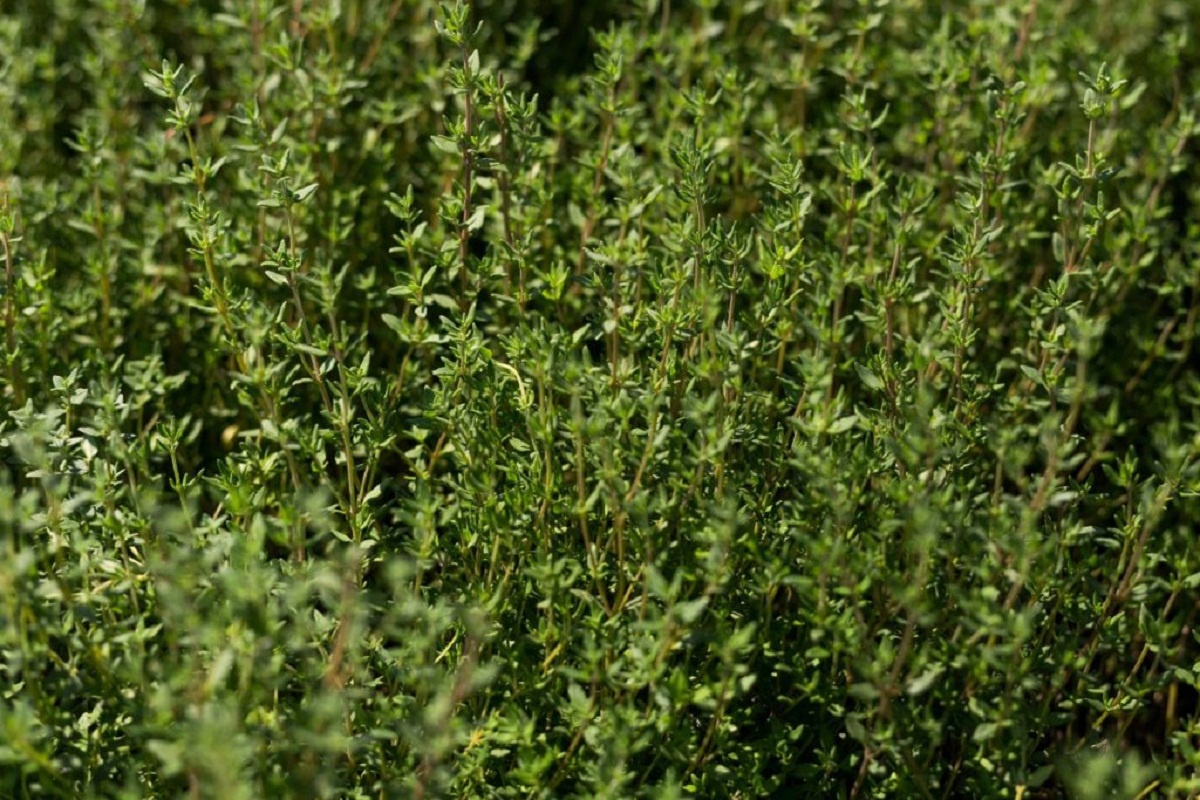
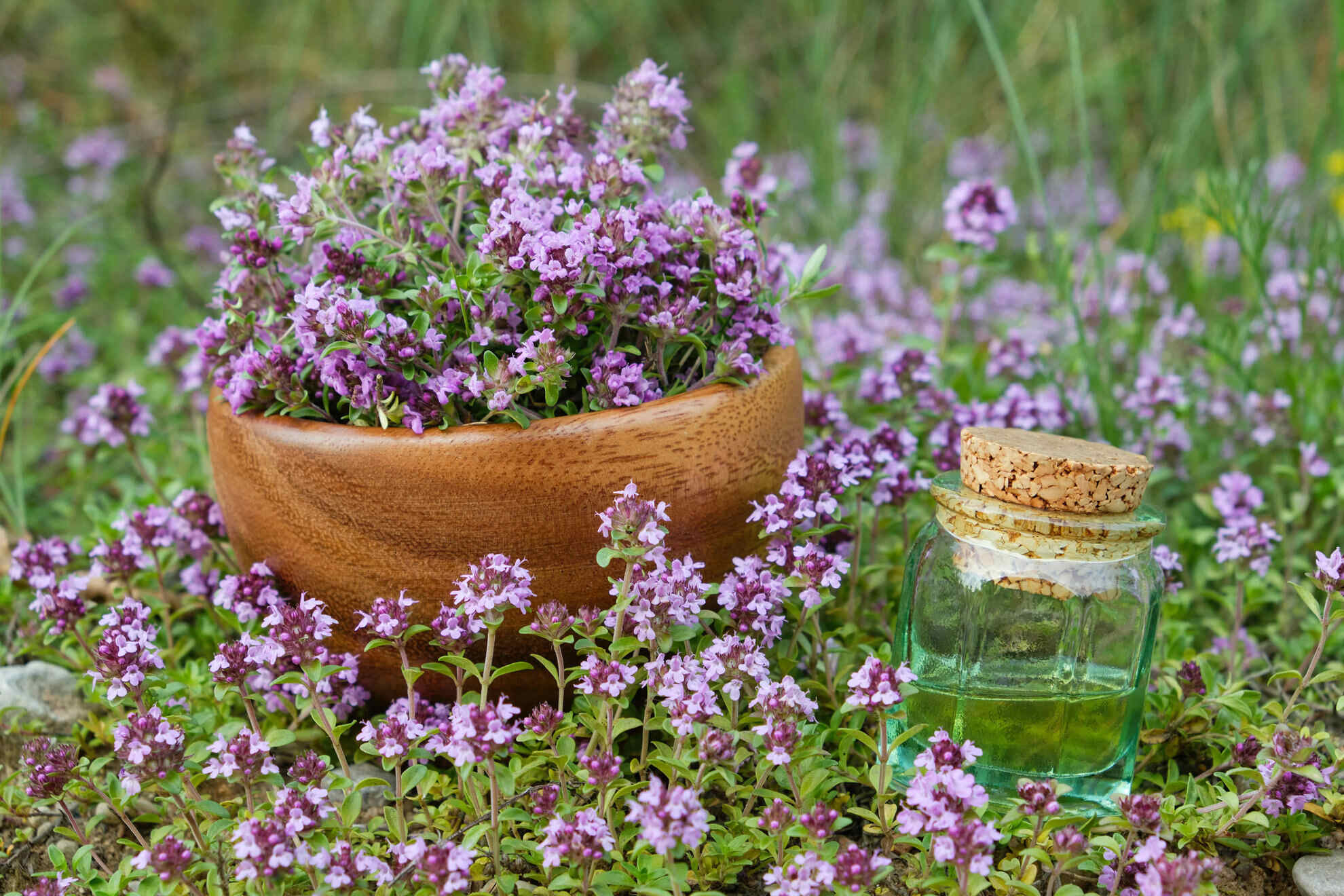




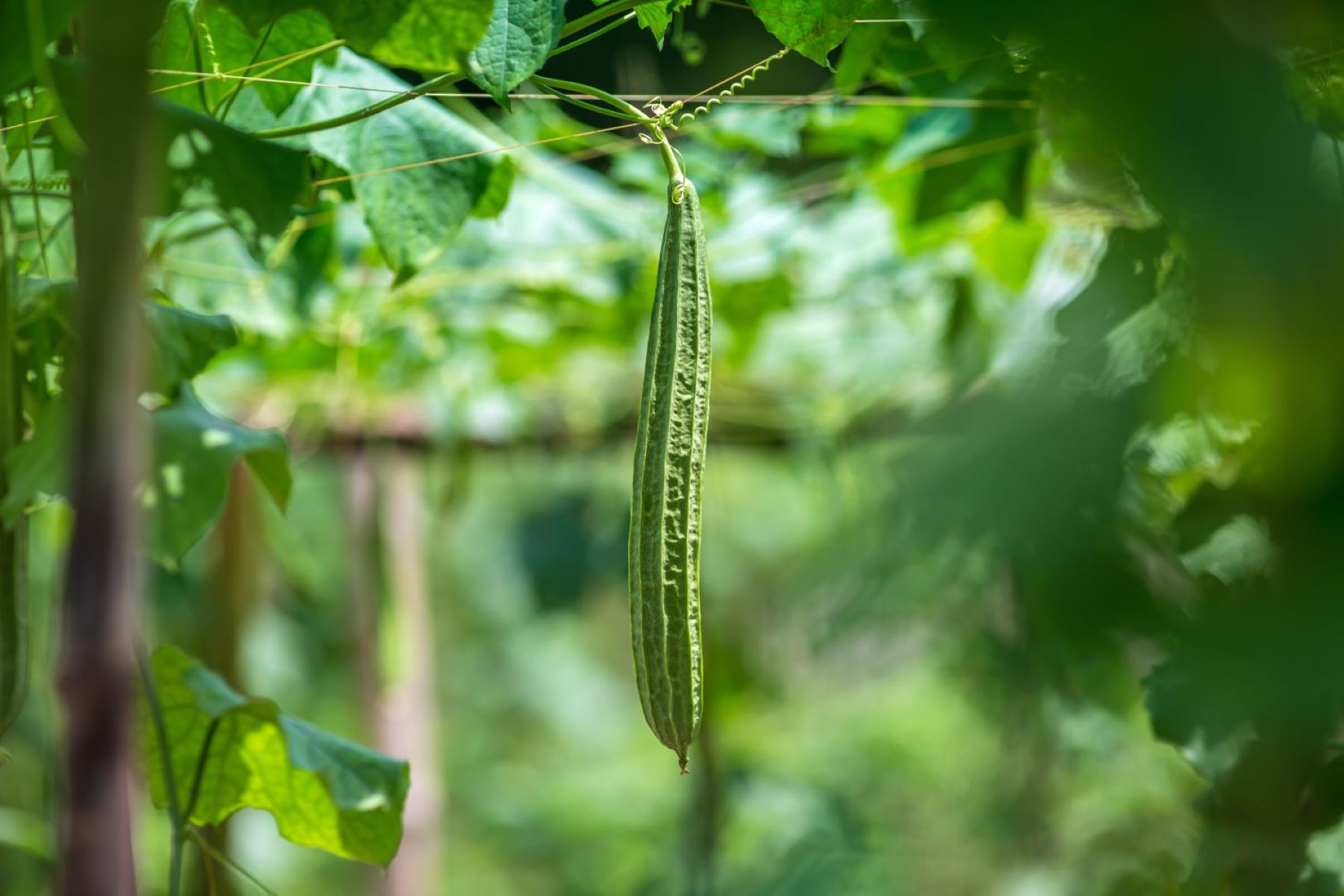
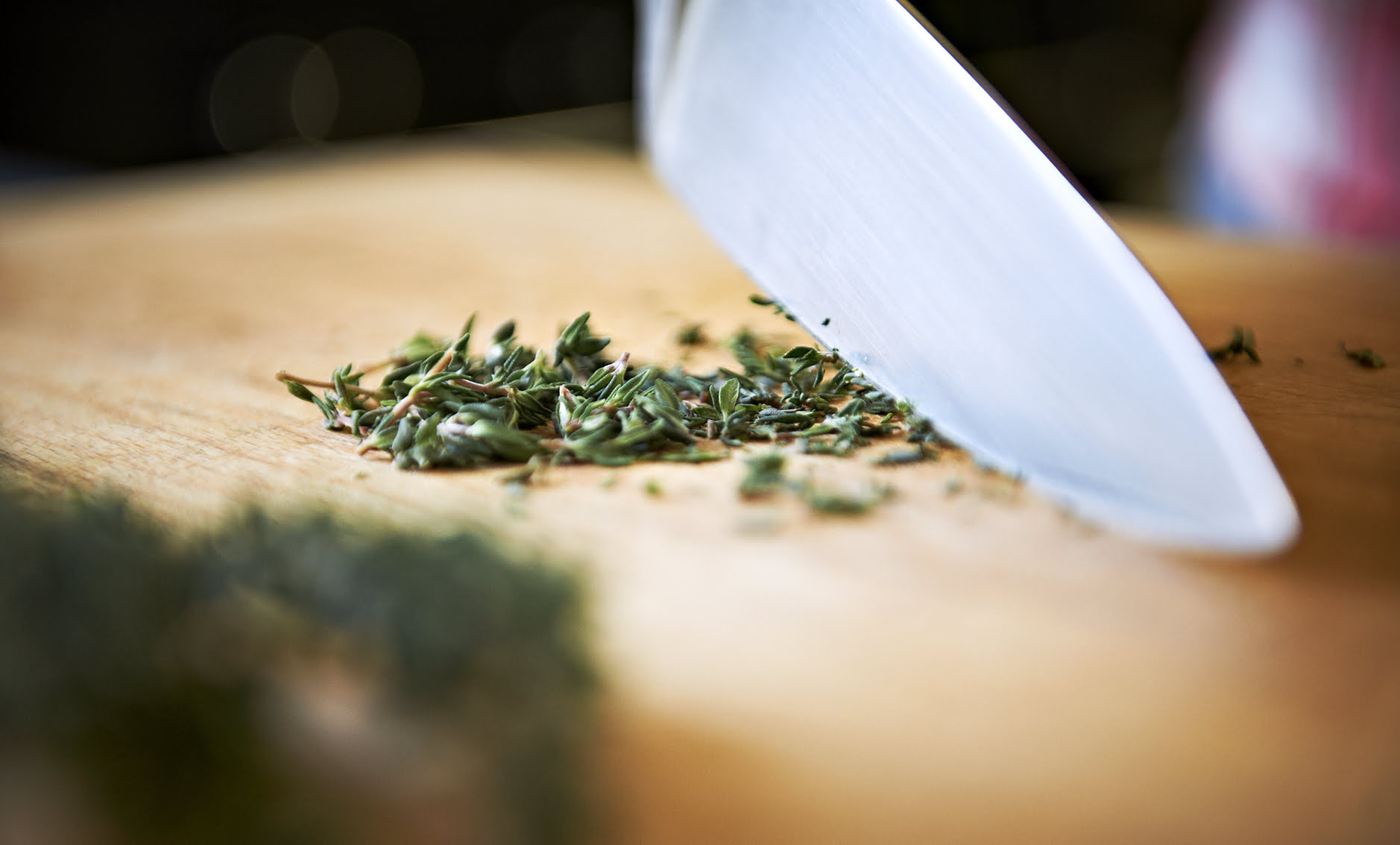
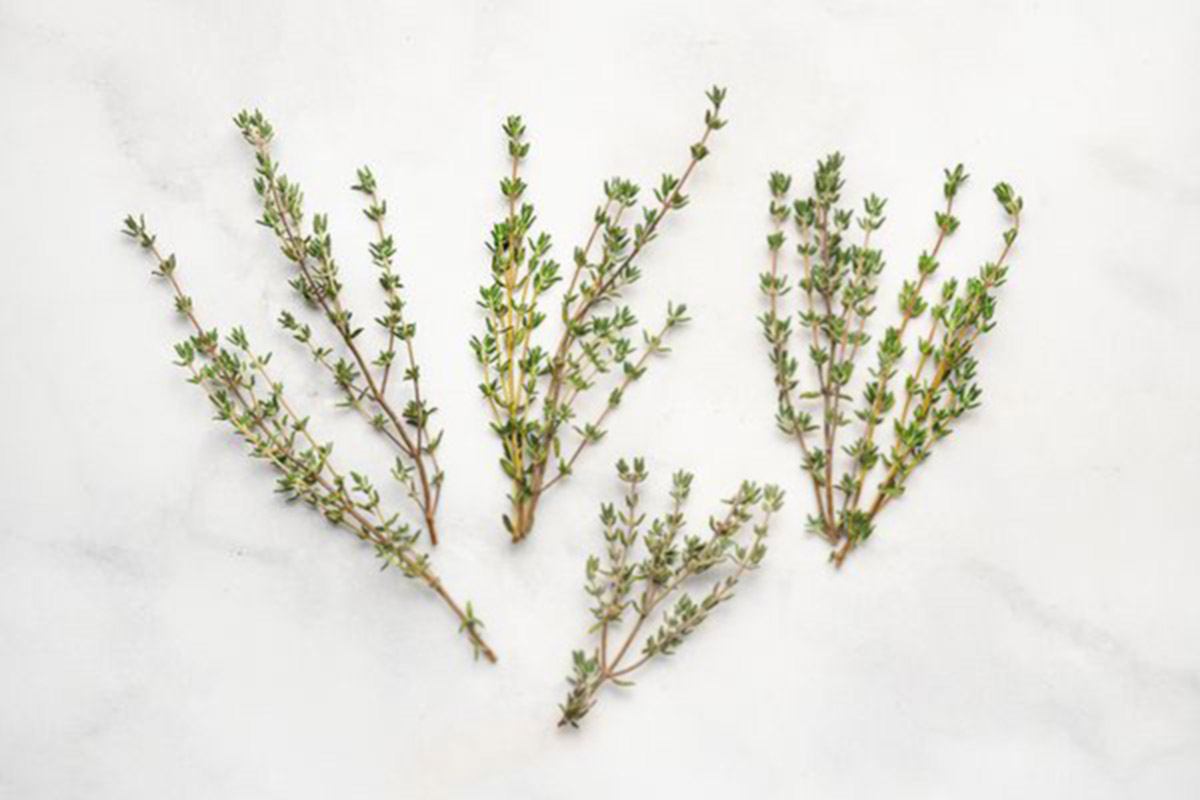

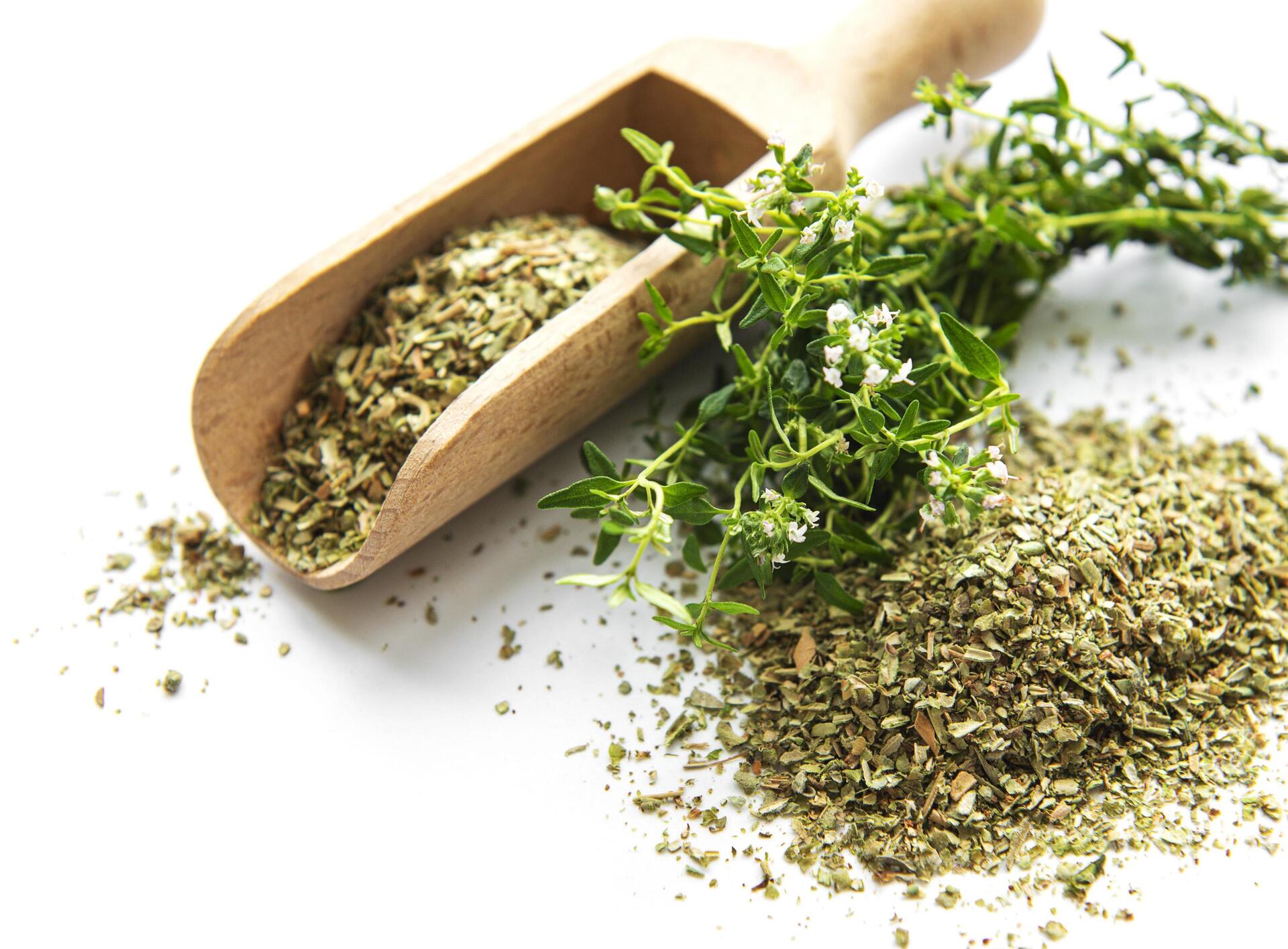
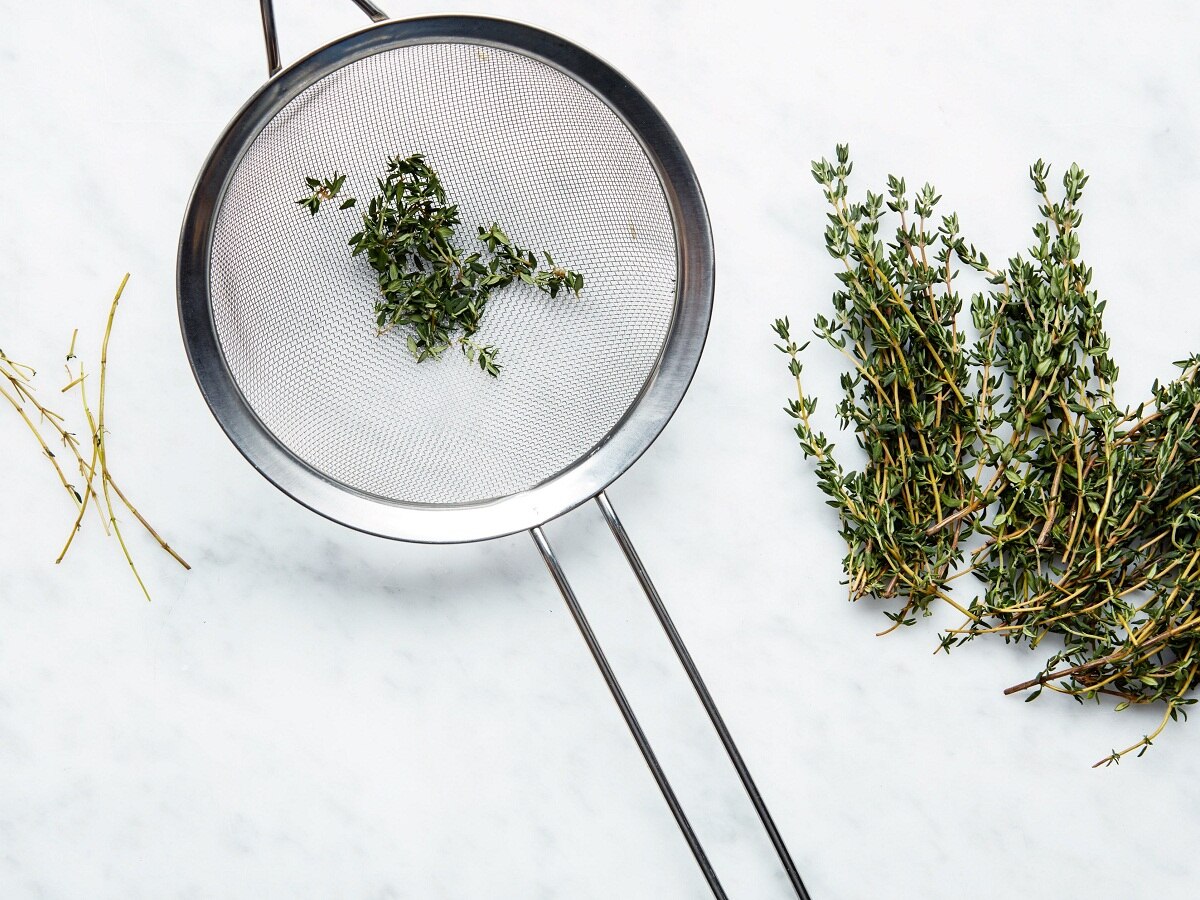
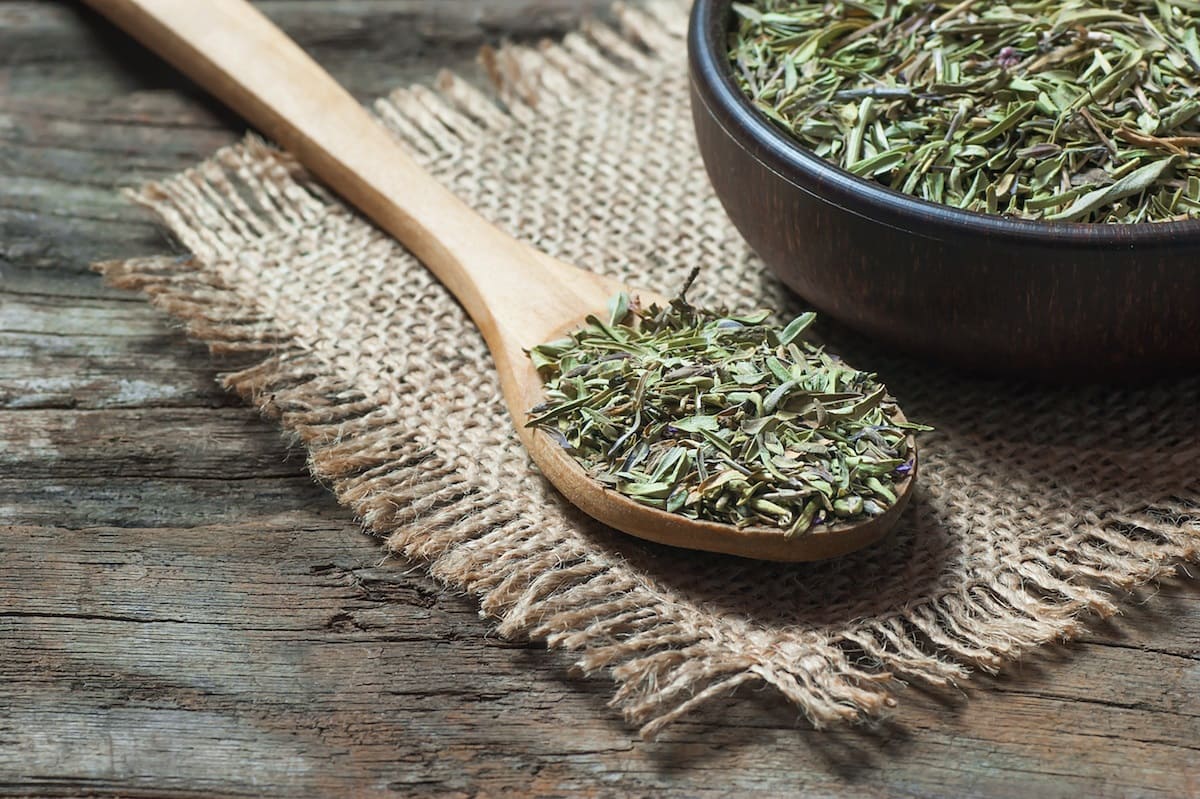

0 thoughts on “How To Grow Thyme In Texas”